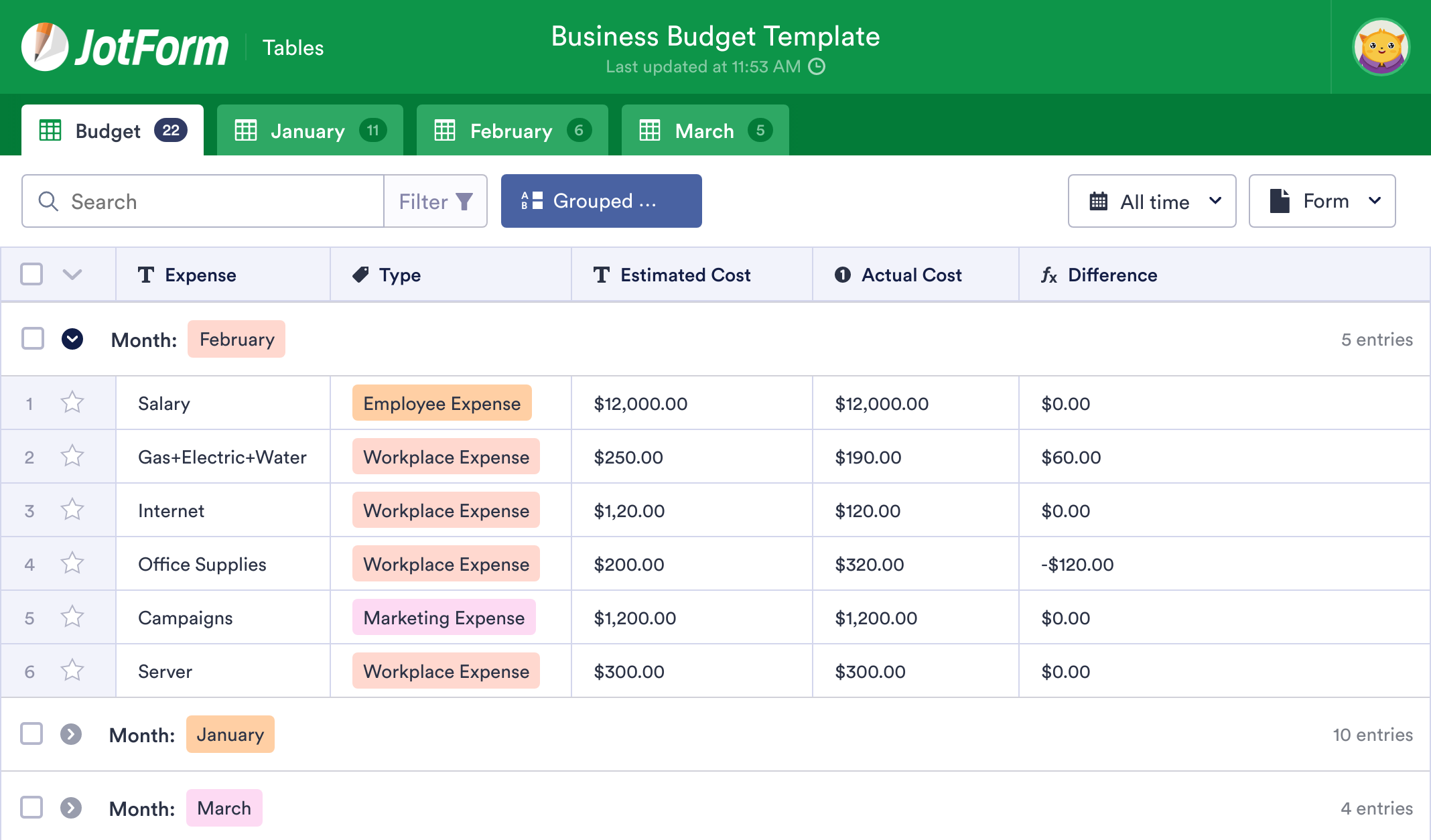
So, for example, if the first field on your form is an e-mail field, it will appear in Customer.io as a q1_email attribute by default-though you can map form fields to different attributes after your first form submission. Jotform typically prefixes field IDs with q_ where x is the order that the field was added to the form. Use attributes to target people and personalize messages. For other fields, we use the internal input ID as the attribute A key-value pair that you associate with a person-like their name, the date they were created in your workspace, etc. We capture the first e-mail field on your form as the email attribute in Customer.io. In both cases, we map form fields to attributes A key-value pair that you associate with a person-like their name, the date they were created in your workspace, etc. The form submission creates a person in your workspace if they do not already exist, or updates them if they do. Whenever someone submits your form, Jotform calls this webhook to send the form submission data to Customer.io. You’ll provide this webhook URL to Jotform. When you set up a Jotform integration, we’ll give you a personalized Webhook URL. Our Jotform integration relies on a webhook from Jotform.

Adapting MailChimp's Two-Column template.Resources for templates, code, and best practices.Troubleshooting Your Drag-and-Drop Emails.



 0 kommentar(er)
0 kommentar(er)
